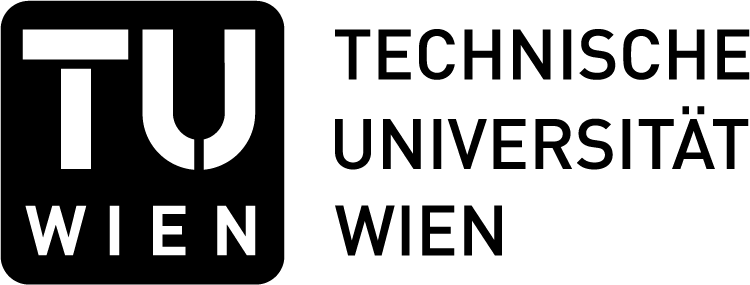Information Modeling in Automation (iModelA)
|
Description:
State of the Art
Modern automation systems are distributed embedded systems. They consist of networked controllers and input/output interfaces. Sharing this common concept, specialized systems have emerged depending on the application domain. Today, systems for production automation, the process industries, and building automation largely follow different standards for communication and device description.
This specialization has its benefits as it allows precisely addressing the different requirements of these domains. However, it makes cross-domain management applications cumbersome to implement. Specifically, such applications whose scope extends to all automation systems within a plant, organization, or campus include supervisory control (e.g., alarm handling and trending), energy management, maintenance (e.g., condition monitoring and diagnostics), and asset management. While software tools do exist to support these applications, they represent isolated solutions. They require significant commissioning effort, since data from and about the automation systems have to be mapped to the proprietary representation of the management software. Moreover, open access to the collected data is not always guaranteed, even if they originate from an automation system that follows open standards for runtime interworking and device description.
The goal
of iModelA is to define an open information model for automation systems. This model shall be able to represent live and historic process data as well as device information. It shall also provide relevant cross-references between process data and device data. The model shall also include process meta-data such as engineering units and data quality indicators. Besides structural aspects, semantics (such as data types and encodings) shall be precisely defined as well. Thus, the resulting model shall enable cross-domain management applications to be developed independently from the specifics of the underlying automation systems.

